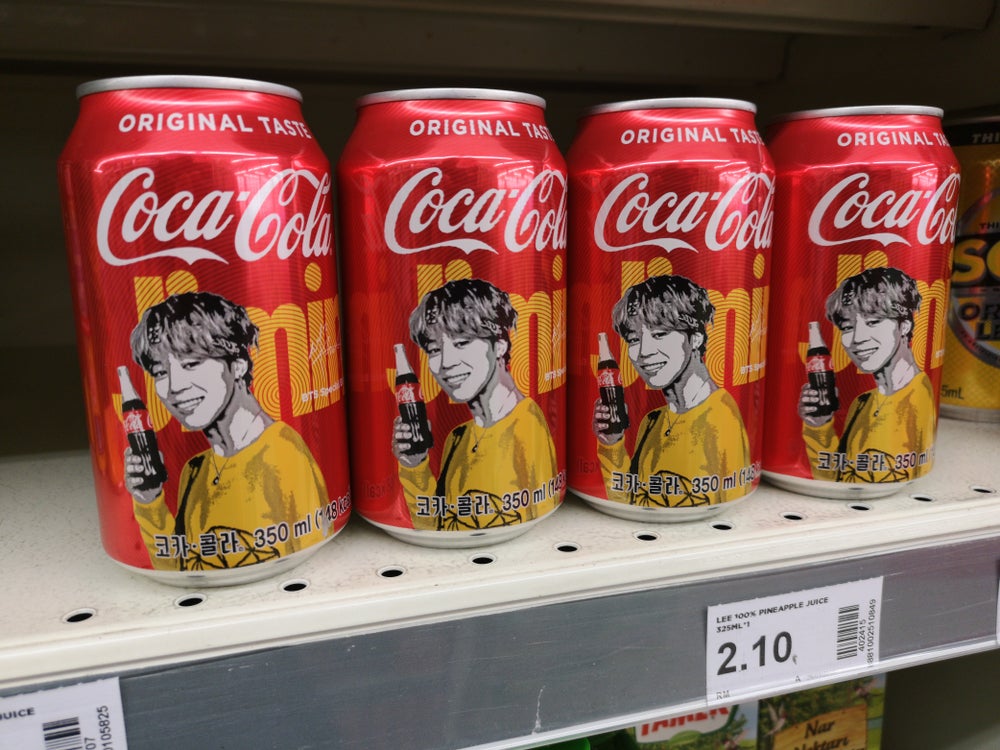The creative excitement of producing and distributing content marketing in owned media channels is getting more strategic. Efforts are focused on distribution strategies, how content efforts are being measured and how ROI is determined.
 Rebecca Lieb, an analyst at Altimeter Group, led a discussion on those topics yesterday during a session at ad:tech New York. The panelists included Jonathan Blank, social media marketing manager at WellPoint (a Blue Cross Blue Shield brand) Steve Sachs, chief executive officer of OneSpot and Jonathan Tatlow, senior vice president connections planning, DigitasLBi. Here is an excerpt of their conversation.
Rebecca Lieb, an analyst at Altimeter Group, led a discussion on those topics yesterday during a session at ad:tech New York. The panelists included Jonathan Blank, social media marketing manager at WellPoint (a Blue Cross Blue Shield brand) Steve Sachs, chief executive officer of OneSpot and Jonathan Tatlow, senior vice president connections planning, DigitasLBi. Here is an excerpt of their conversation.
LIEB: How do you see the role of content changing in the overall advertising stack?
SACHS: In the past year, marketers have started to realize that different types of content map through different parts of the purchase funnel, and I don’t think that’s what people had been thinking. Within the same content campaign we’ll see different aspects—say earned media working particularly well in the higher funnel, but not in the lower funnel. It’s not just about driving traffic anymore and feeding social, it’s about what content works best in what parts of the purchase funnel.
BLANK: The way we define content right now is adding to the long-term conversation that a distinct target audience or persona is having. Our narrative right now is around Obama and healthcare reform. We’re asking what can we do while 30 million uninsured Americans decide to either pay a penalty for not having insurance or decide which insurance coverage to purchase. We want to focus on the missing piece of the conversation, which is to get consumers to understand why protecting your family’s health is so important.
(5 Bad B2B Content Marketing Habits)
LIEB: How, in this multichannel universe, do you decide what channel strategy will be best for your content marketing?
BLANK: We put more emphasis and resources into our research team. We do a lot more with asking our specific audiences up front. Our channel strategy is not more complicated than putting more emphasis on our focus groups, research and integrating our data from our various departments. Were putting a lot of emphasis over the next year getting that together, not just chasing all the channels that are popular in general.
TATLOW: I’m seeing it disrupt a lot of organizational charts. Where content was originating in one department and the domain of the web team to bring it to life, the media team to distribute and the advertising team to tease it now content forces everyone to jump in the sandbox together and make it work.
(Why Influencers are Key to Your content marketing strategy)
LIEB: With billions of metrics and key performance indicators (KPIs), how do you decide what to measure?
BLANK: First, we had to be clear with management the assumption we were making with the brand funnel. The first thing we did was come to agreement on how the brand funnel looks and to identify two target personas. We then focused on several goals: to increase consideration for the Blue brand and build loyalty. Our key performance indicators were very web centric because people have to trust us and spend time with us; those were some of our assumptions. The specific KPIs we looked were someone who spent five [online] events with us over five days. That was a conversion for us. For loyalty, it was focused on survey data and then we gave weight to those KPIs based on our assumption of our brand funnel.
TATLOW: We have the power to measure things and that means there’s a great expectation. I’ve come to appreciate that trying to hold content-based programs to the same standards as advertising is a misnomer, but I think it happens frequently because these programs sometimes manifest in the same way, for example, a banner can look content based.
LIEB: What are you doing to encourage earned media; to get people to share and promote your content to save money or increase awareness?
BLACK: There are two things we’re trying to do better to get earned media amplification. No. 1, we have to spend a little more time listening than brainstorming with our colleagues and agencies to know if people are discussing the content. No. 2, we need to take a better stand on being proactive and go back to our management teams to say for this to get amplified we have to put a flag in the ground. It will help us have a more efficient ecosystem of owned/earned media.



